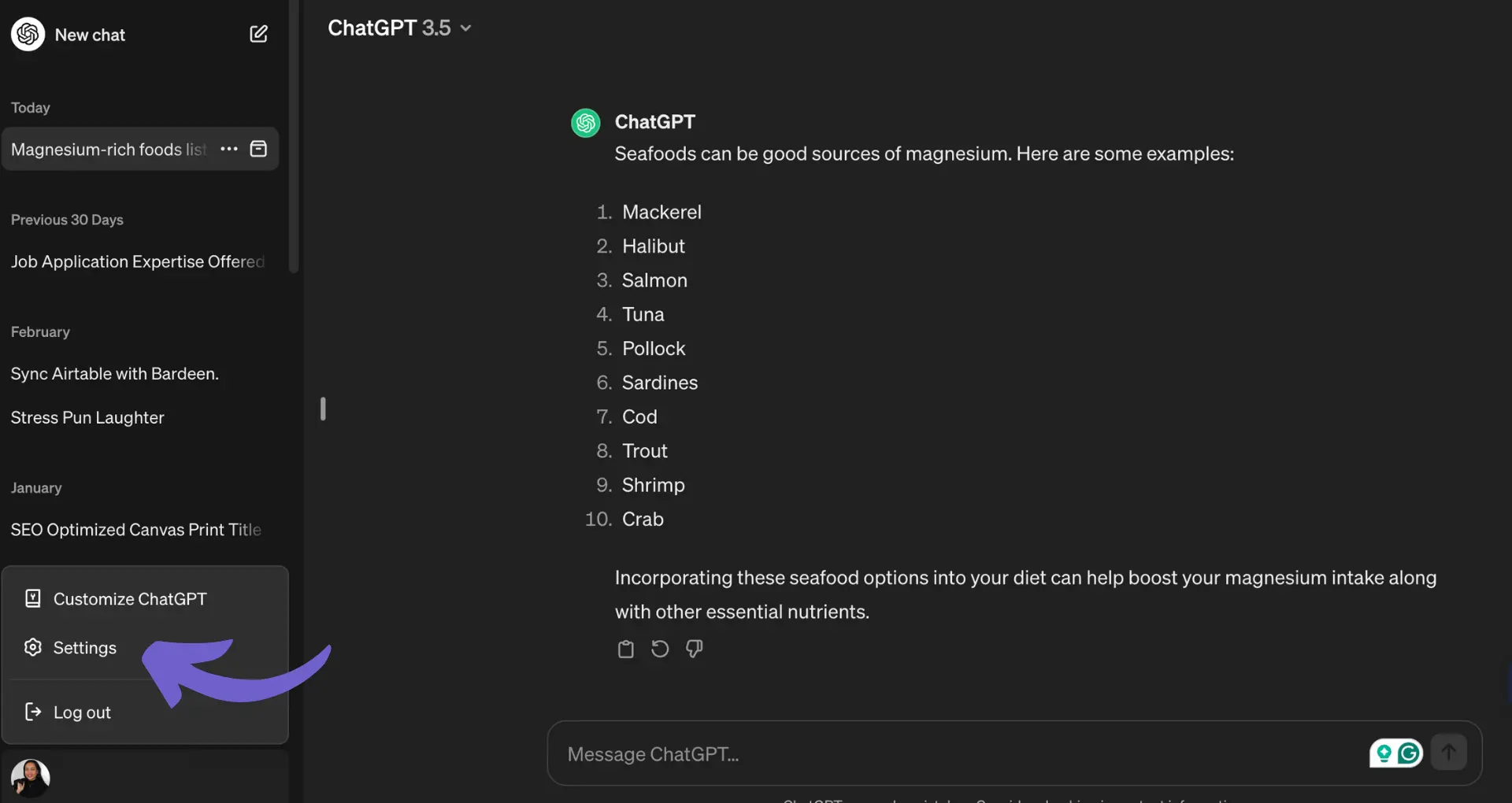Robotic Process Automation (RPA) is a game-changing technology that automates repetitive and mundane tasks using software robots or bots. By mimicking human actions and interacting with applications, RPA streamlines processes, reduces costs, and improves efficiency across various industries. In this comprehensive guide, we'll explore what RPA is, its key benefits and challenges, the top RPA tools available, and how to strategically implement RPA in your business processes.
What is Robotic Process Automation (RPA)?
Robotic Process Automation (RPA) is a technology that uses software robots or "bots" to automate repetitive, rule-based tasks. These bots can mimic human actions and interact with applications just like a human would, but with greater speed, accuracy, and efficiency. AI web agents can perform similar tasks in sales automation. RPA is designed to handle mundane and time-consuming tasks, freeing up human workers to focus on more complex, value-added activities.
Here's how RPA works:
- Bots are programmed to follow a set of predefined rules and instructions
- They can log into applications, enter data, calculate and complete tasks, and log out
- Bots can work across multiple systems, including desktop applications, web services, and enterprise software
- They can be triggered by specific events or scheduled to run at specific times
RPA is particularly useful for processes that are:
- High-volume and repetitive
- Prone to human error
- Time-sensitive and need to be completed quickly
- Rules-based and do not require human judgment
By automating these types of tasks, RPA can help organizations:
- Reduce costs and increase efficiency
- Improve accuracy and reduce errors
- Enhance compliance and auditability
- Scale operations quickly and easily
Key Benefits and Challenges of Implementing RPA
Implementing Robotic Process Automation (RPA) can bring significant benefits to businesses, but it also comes with its own set of challenges. Let's explore both aspects:
Benefits of RPA:
- Cost Reduction: RPA can help businesses save 25-50% on operational costs by automating repetitive tasks and reducing the need for human intervention.
- Increased Efficiency: Bots can work 24/7 without breaks, leading to faster processing times and improved productivity.
- Enhanced Accuracy: RPA eliminates human errors, ensuring consistent and accurate results.
- Scalability: Businesses can easily scale their operations by deploying more bots as needed, without the need for additional human resources.
- Improved Compliance: RPA ensures that processes follow predefined rules and regulations, reducing the risk of non-compliance.
Challenges of Implementing RPA:
- Change Management: Introducing RPA may require significant changes to existing processes and workflows, which can be met with resistance from employees.
- Process Selection: Identifying the right processes for automation is crucial. Not all processes are suitable for RPA, and selecting the wrong ones can lead to inefficiencies.
- Maintaining the Human Workforce: Balancing the roles of human employees and bots is essential to ensure a smooth transition and avoid job displacement fears.
- Technical Challenges: Integrating RPA with existing systems and ensuring compatibility can be complex and time-consuming.
- Governance and Security: Implementing proper governance and security measures is critical to prevent unauthorized access and ensure data privacy.
Despite these challenges, the benefits of RPA far outweigh the obstacles. By carefully planning and executing an automated sales prospecting strategy, businesses can reap the rewards of increased efficiency, cost savings, and improved customer satisfaction.
Save time by automating your most repetitive tasks with Bardeen. Learn how to automate sales prospecting efficiently.
RPA Tools and Software Landscape
The RPA market offers a wide range of tools and platforms to cater to different business needs and budgets. Here's an overview of some of the top RPA tools currently available:
- UiPath: A market leader known for its user-friendly interface, robust customer support, and ability to streamline automation processes. UiPath offers a comprehensive platform with features like process mining, AI capabilities, and a free community edition for SMBs.
- Automation Anywhere: Another leading RPA platform that provides a wide range of automation capabilities and ease of implementation. It offers both cloud and on-premises deployment options.
- Blue Prism: One of the pioneers in the RPA industry, Blue Prism (now SS&C Blue Prism) is known for its scalability and governance features. It is popular among large enterprises, particularly in the banking and financial sectors.
- Microsoft Power Automate: Microsoft's RPA offering, part of its Power Platform, leverages the company's extensive ecosystem and integrates well with other Microsoft products. It offers a cost-effective solution for businesses already using Microsoft 365.
- NICE: Focuses primarily on attended automation and offers industry-specific solutions for front-office use cases in contact centers. NICE caters mainly to large enterprises.
When choosing an RPA tool, consider factors such as your specific business requirements, budget, scalability, ease of use, and integration capabilities. While UiPath, Automation Anywhere, and Blue Prism are the most established players, Microsoft's Power Automate is quickly gaining ground, especially among businesses already invested in the Microsoft ecosystem. For those interested in sales automation, AI sales automation tools can also be a great addition to streamline workflows.
Strategic Implementation of RPA in Business Processes
Identifying the right business processes for automation is crucial for successful RPA implementation. To achieve this, follow these steps:
- Assess process suitability: Look for processes that are rule-based, repetitive, and high-volume. These processes should have minimal exceptions and well-defined inputs and outputs.
- Align with business objectives: Ensure that the selected processes align with your organization's goals, such as cost reduction, improved efficiency, or enhanced customer experience.
- Prioritize processes: Rank the identified processes based on their potential impact, complexity, and feasibility. Start with low-complexity, high-impact processes to demonstrate quick wins and build momentum.
Once the processes are identified, it's essential to run pilot programs to test the effectiveness of RPA. Pilot programs help in:
- Validating the feasibility and benefits of automation
- Identifying potential challenges and bottlenecks
- Refining the automation approach and scaling strategy
Save time by extracting data from websites without coding. Use Bardeen to turn repetitive tasks into a single click and focus on what matters most.
After a successful pilot, develop a comprehensive rollout plan to scale RPA across the organization. This plan should include:
- Establishing an RPA Center of Excellence to govern and manage the automation program
- Developing a training and change management strategy to upskill employees and ensure smooth adoption
- Continuously monitoring and optimizing the automated processes to maximize ROI
By following a strategic approach to RPA implementation, businesses can unlock the full potential of automation and drive significant improvements in efficiency, accuracy, and cost savings.
Future Trends and the Evolution of RPA
As RPA continues to evolve, its integration with other technologies like artificial intelligence (AI) and machine learning (ML) will lead to the creation of Intelligent Process Automation (IPA). IPA will enable bots to handle more complex tasks, adapt to changes, and make decisions based on context. Some key trends to watch out for include:
- Increased resilience of bots through AI integration
- Improved data handling capabilities of bots
- Slower but steady growth in the RPA market
- Increased competition among RPA vendors
- RPA being embedded into larger automation offerings
Advancements in AI and ML will allow bots to understand unstructured data, adapt to unexpected scenarios, and make decisions based on context, reducing the need for human intervention. Additionally, better data platforms and governance will enable bots to access and work with data from across the enterprise more effectively.
While the RPA market growth may slow down, it will continue to evolve and become more competitive. Large software vendors will enter the market, and pure-play RPA vendors will expand their offerings to include a wider range of automation capabilities. This will lead to RPA being increasingly embedded into comprehensive automation platforms rather than being sold as a standalone solution.
As a result, businesses looking to implement RPA will need to navigate complex choices and consider consolidating their automation capabilities to ensure seamless integration and efficient management. The future of RPA lies in its ability to integrate with other technologies, becoming a crucial component of a holistic approach to intelligent automation.






